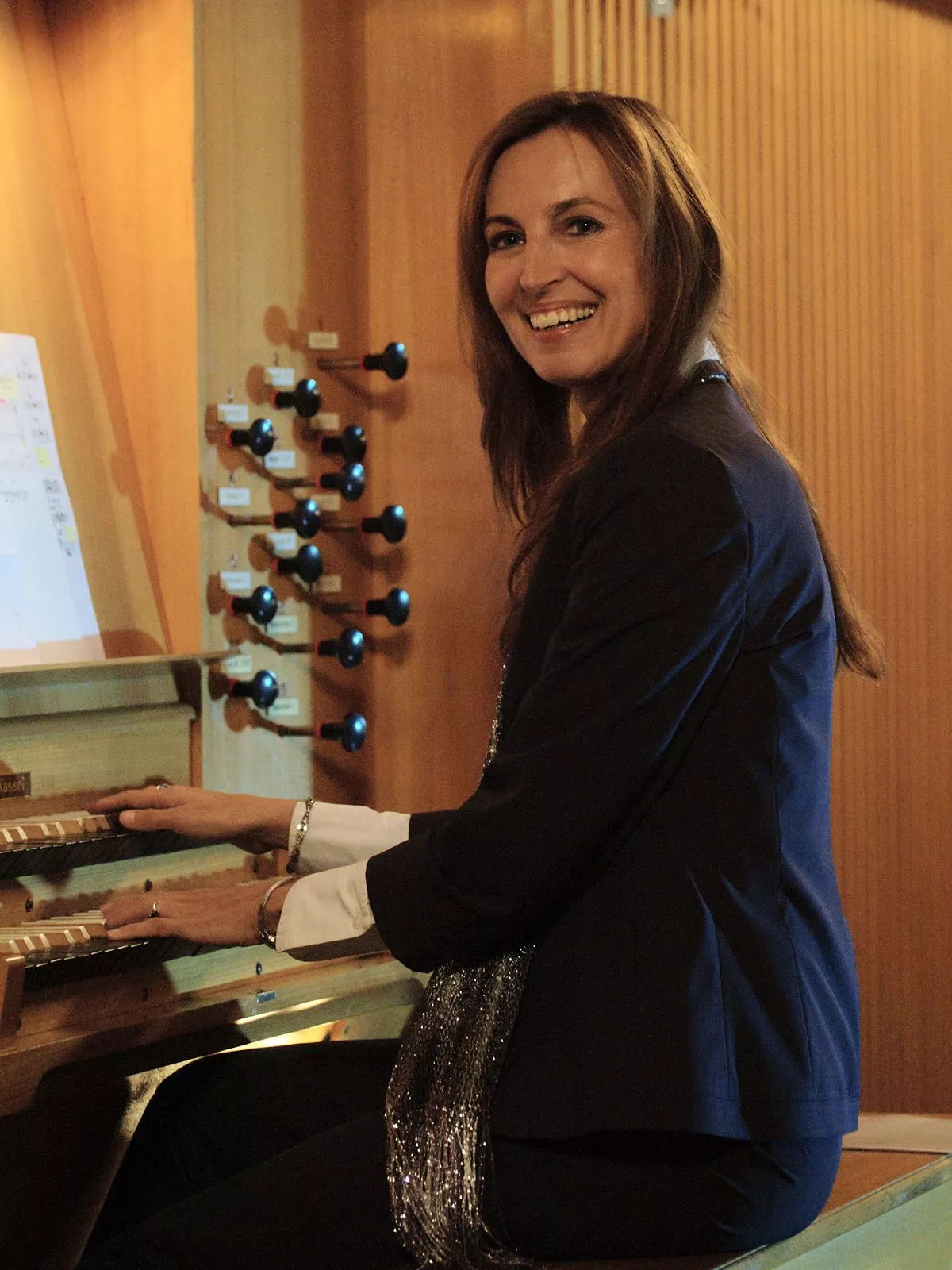 1.
1. Barbara Dennerlein has achieved critical acclaim for using the bass pedalboard on a Hammond organ and for integrating synthesizer sounds onto the instrument, and was described by critic Ron Wynn as "the most interesting jazz organist to emerge during the 1980s".